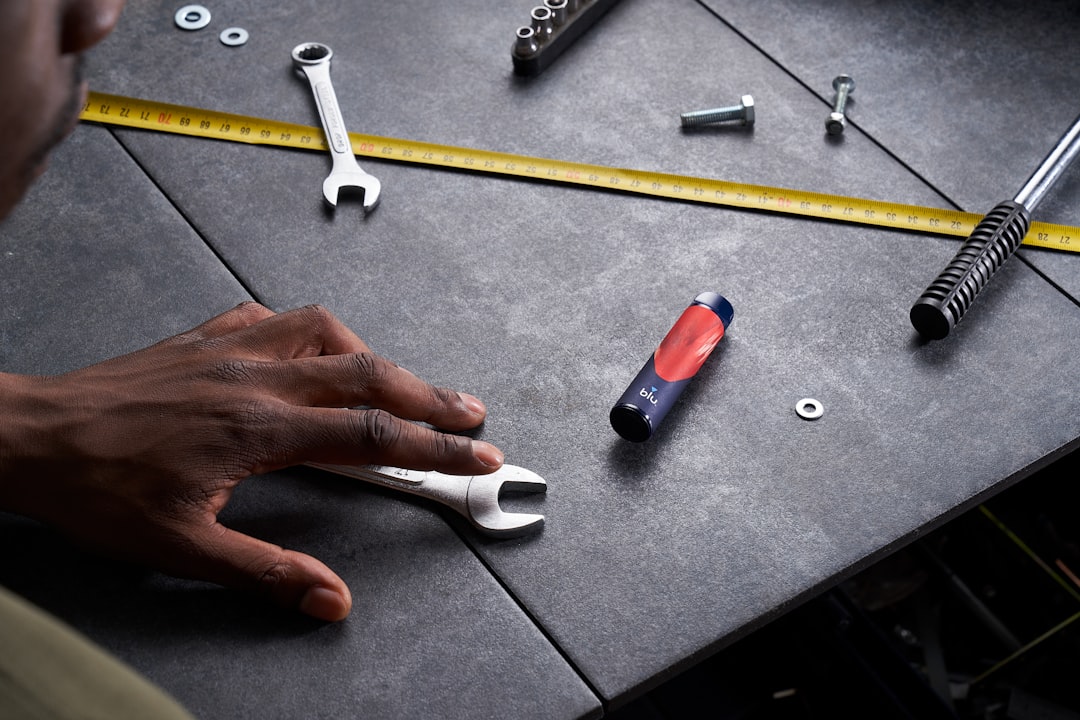body {
font-family: sans-serif;
line-height: 1.6;
}
h1, h2, h3 {
color: #333;
}
Construction nails are seemingly simple fasteners, yet their quality and proper selection significantly impact the longevity and structural integrity of any building project. From framing a house to assembling furniture, understanding the standards and durability of these seemingly insignificant components is crucial for professional and DIY builders alike. This comprehensive guide explores the key aspects of construction nails, helping you choose the right nail for the job and ensure a robust, long-lasting structure.
Understanding Construction Nail Standards: Size, Gauge, and Length
Construction nails are standardized according to their size, gauge (thickness), and length. These dimensions are critical for ensuring proper penetration and holding power. The most common standard is the penny system (d), where a larger penny number indicates a longer and thicker nail. For example, a 6d nail is shorter and thinner than a 16d nail. However, the penny system isn’t perfectly precise across all manufacturers, so always refer to the manufacturer’s specifications for exact dimensions. Gauge, often expressed as a number (e.g., 8d, 10d, 16d), refers to the diameter of the nail shaft. A smaller gauge number indicates a thicker nail. Length is typically measured in inches and is crucial for ensuring sufficient embedment into the material being fastened. Choosing the correct length is vital to prevent the nail from protruding or being insufficiently anchored.
The Material Matters: Exploring Nail Composition and its Impact on Durability
Construction nails are primarily made from steel, but the type of steel and its treatment significantly impact durability. Common types include bright common wire nails (uncoated), galvanized nails (coated with zinc for corrosion resistance), and stainless steel nails (offering superior corrosion resistance). Bright common wire nails are cost-effective but are susceptible to rust and corrosion in outdoor applications or environments with high humidity. Galvanized nails offer significantly improved corrosion resistance, making them suitable for exterior projects. Stainless steel nails are the most durable, providing exceptional resistance to rust and corrosion, ideal for harsh environments and applications where longevity is paramount. The choice of material should be based on the intended application and the expected environmental conditions.
Nail Finishing and its Role in Holding Power and Aesthetics
The finish of a nail influences its holding power and overall appearance. Common finishes include smooth shank, ring shank, and barbed shank. Smooth shank nails are the most common and offer a good balance of holding power and ease of driving. Ring shank nails have rings along the shaft, increasing their holding power, particularly in softer woods. Barbed shank nails have barbs that prevent withdrawal, making them ideal for applications where strong holding power is crucial, such as fastening plywood or hardboard. The choice of finish depends on the material being fastened and the required holding power. For example, ring shank nails are often preferred for framing lumber, while barbed shank nails are commonly used for exterior siding.
Selecting the Right Nail for the Job: A Practical Guide for Construction Projects
Selecting the appropriate nail involves considering several factors: the type of wood, the thickness of the materials being joined, the intended application, and the environmental conditions. For framing lumber, galvanized or stainless steel ring shank nails are typically preferred for their strength and corrosion resistance. For softer woods, longer nails might be necessary to achieve sufficient penetration. For exterior applications, galvanized or stainless steel nails are essential to prevent rust and corrosion. When working with hardwoods, consider using nails with a sharper point for easier penetration. Always refer to manufacturer’s recommendations and building codes for specific applications. Using the wrong nail can compromise structural integrity and lead to costly repairs.
Ensuring Nail Durability: Storage, Handling, and Best Practices
Proper storage and handling are crucial for maintaining nail durability. Store nails in a dry, cool place to prevent rust and corrosion. Avoid leaving nails exposed to moisture or extreme temperatures. When handling nails, avoid dropping them or damaging the points, as this can affect their penetration and holding power. Use appropriate tools, such as a nail gun or hammer, to drive nails correctly and avoid bending or breaking them. Always inspect nails before use and discard any damaged or rusted nails. Following these best practices will significantly extend the lifespan and effectiveness of your construction nails.
By understanding the standards, materials, and proper selection techniques for construction nails, builders can ensure the strength, durability, and longevity of their projects. Choosing the right nail is not merely a detail; it’s a cornerstone of successful construction.
SEO-Friendly Tags:
- Construction Nails
- Nail Standards
- Nail Durability
- Construction Nail Types
- Choosing Construction Nails




